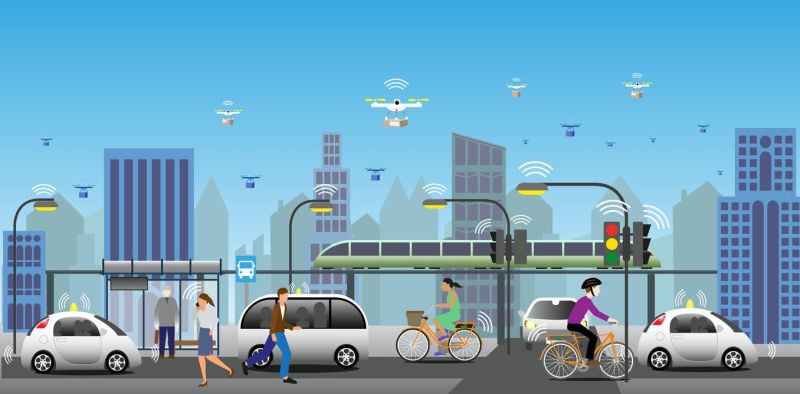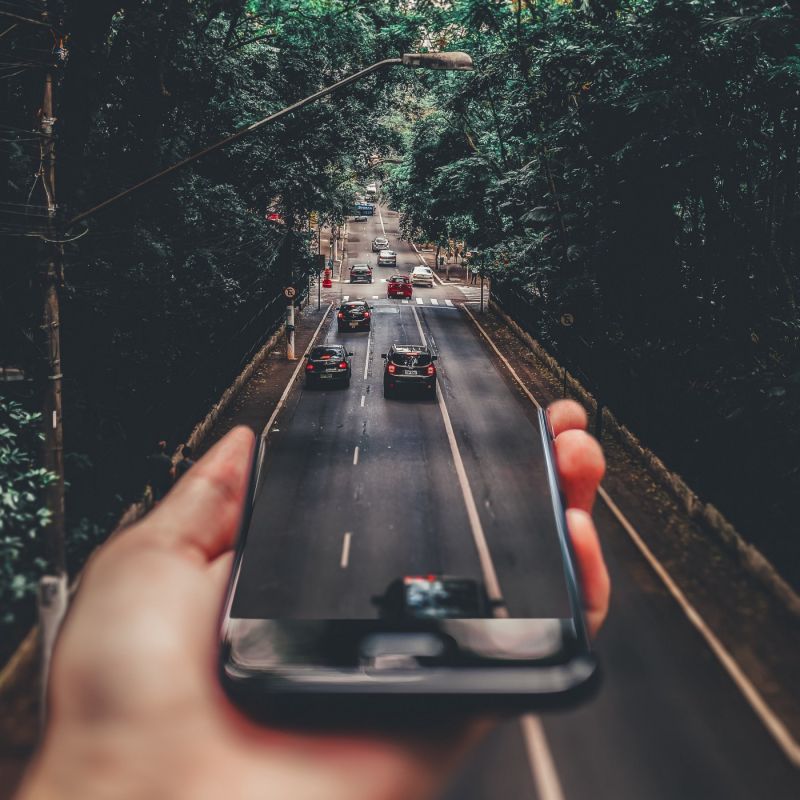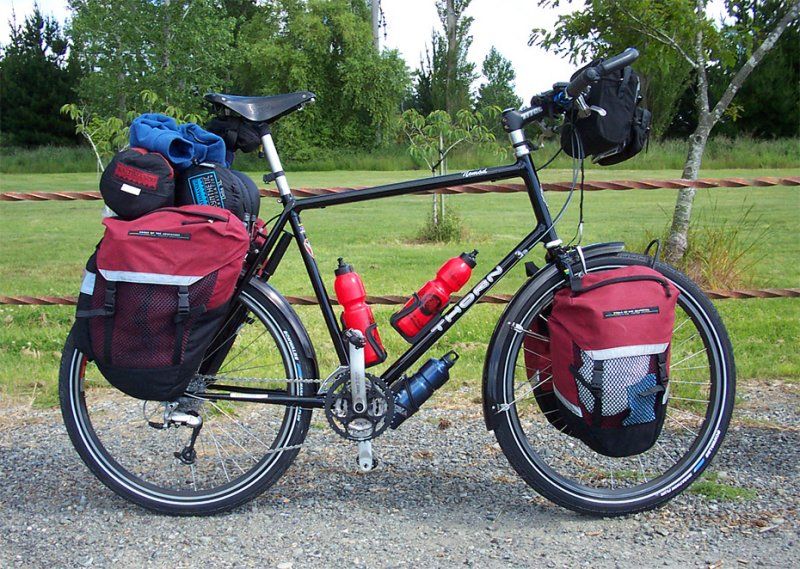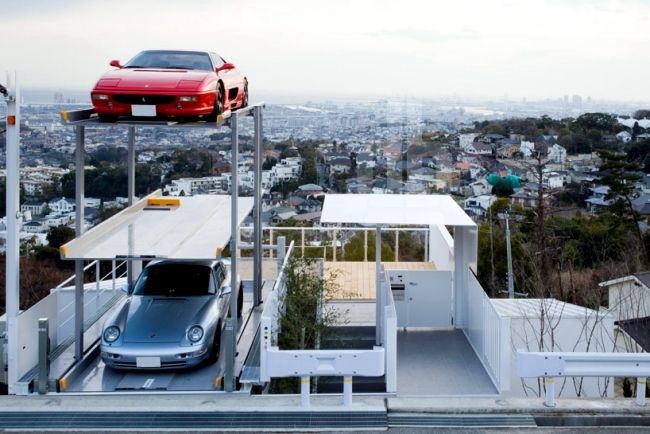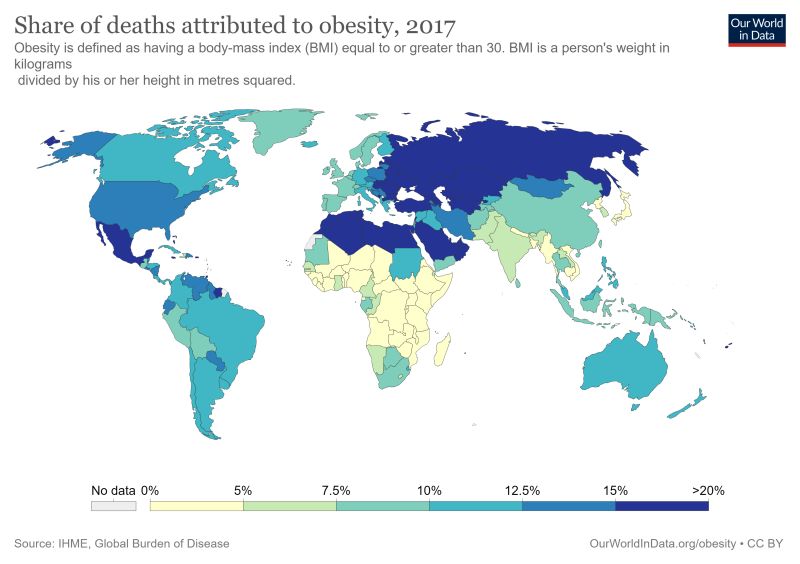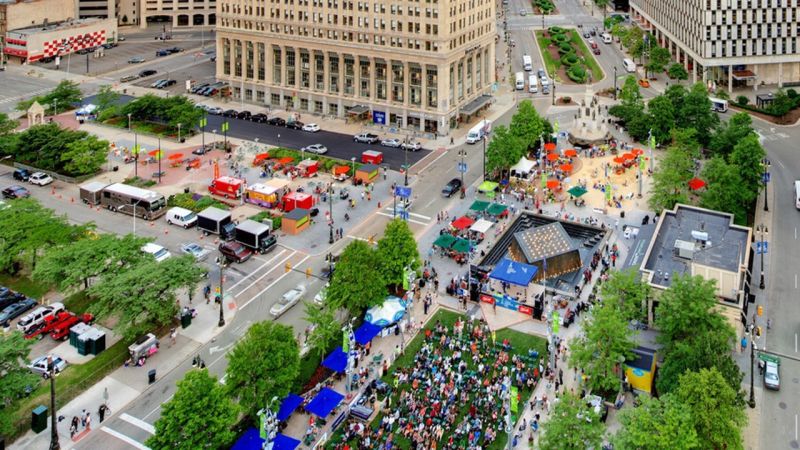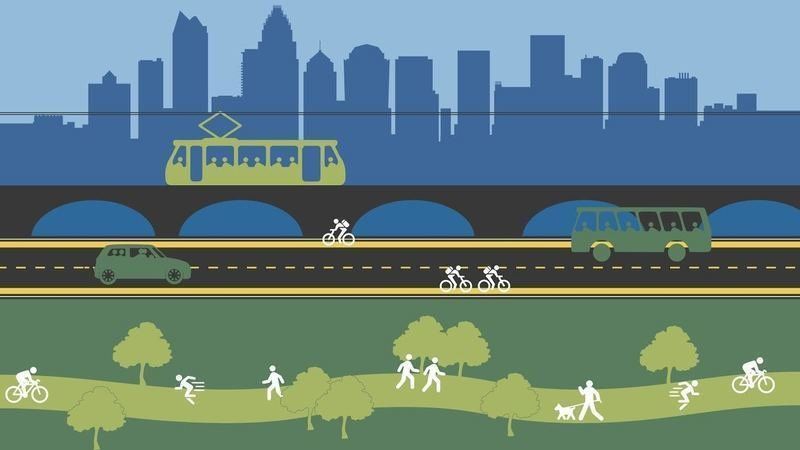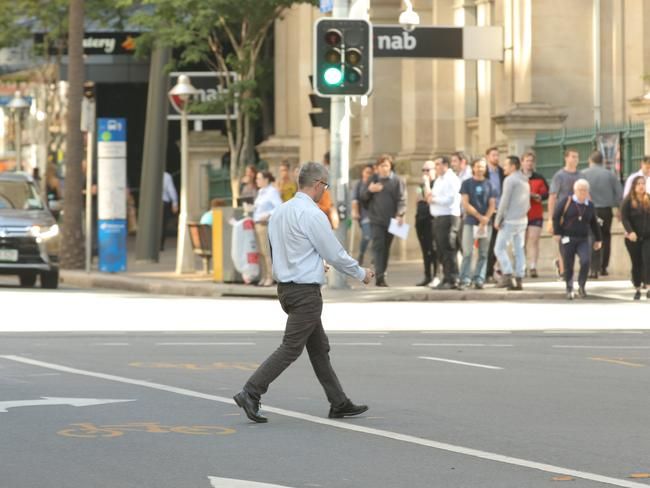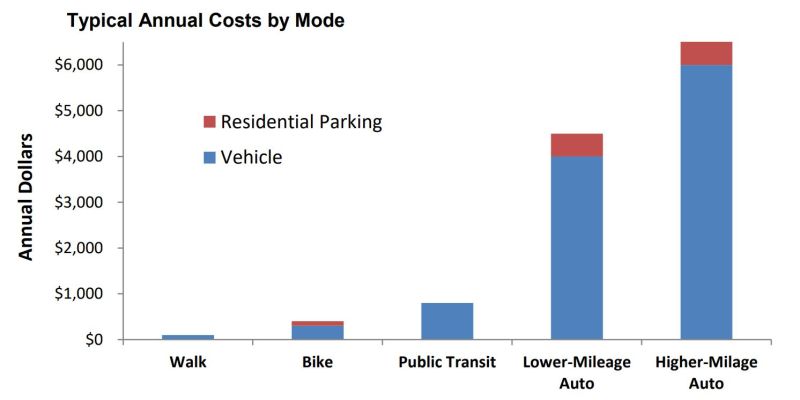When I was a child, the streets of the town where I born and brought up were empty most of the time in a day – couple of buses and few cars. The same streets today are occupied with full of vehicles – thousands of vehicles in a day. The industry is dreaming about implementing Shared, Electrical, Autonomous and Connected Vehicles (SEACV). Now the question is, how our streets will look like in 40 years from now (2060)?
My answers could be:
1. Most rural areas will likely still have drivers “driving” vehicles
2. Most of cities will have fully autonomous vehicles operated
3. If a driver is distracted, autonomous controls become active and connect to surrounding vehicles to avoid collisions (Vision Zero achieved)
4. The toll will be reduced on the highway system with advanced transportation technology
5. With the implementation of SEACV, key corridors (like Sheikh Zayed Rd in Dubai) capacity will be reduced to 2-3 lanes (from 6-8 lanes) and rest of the right of way will repurposed
